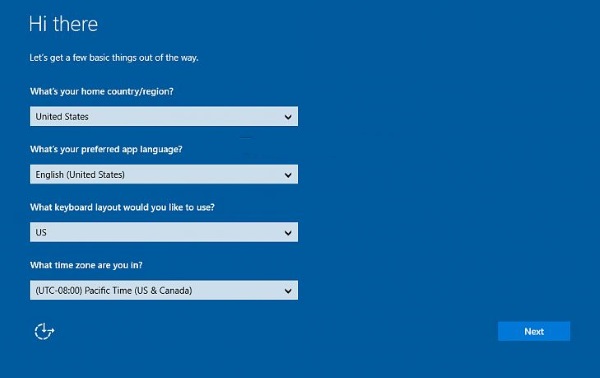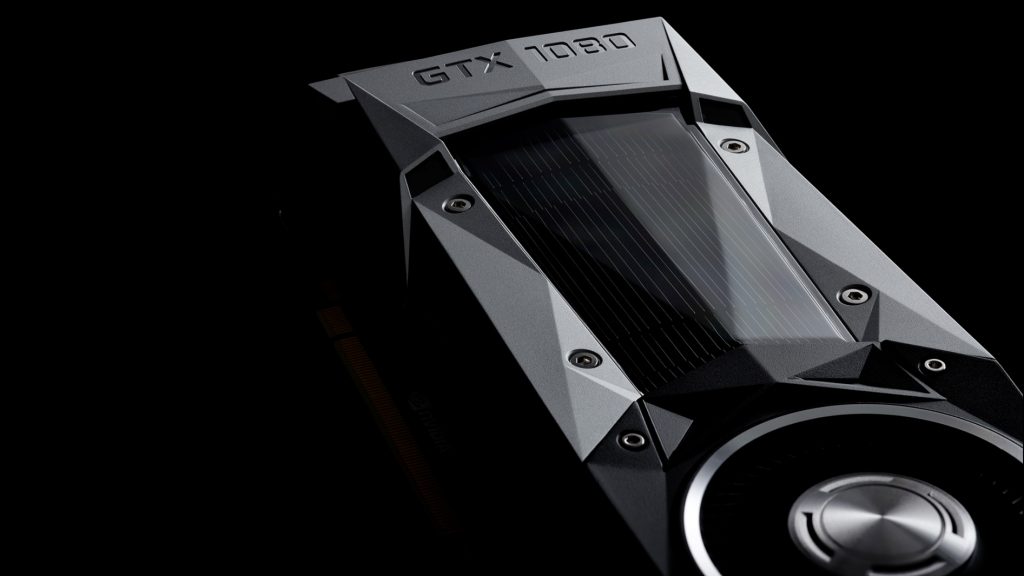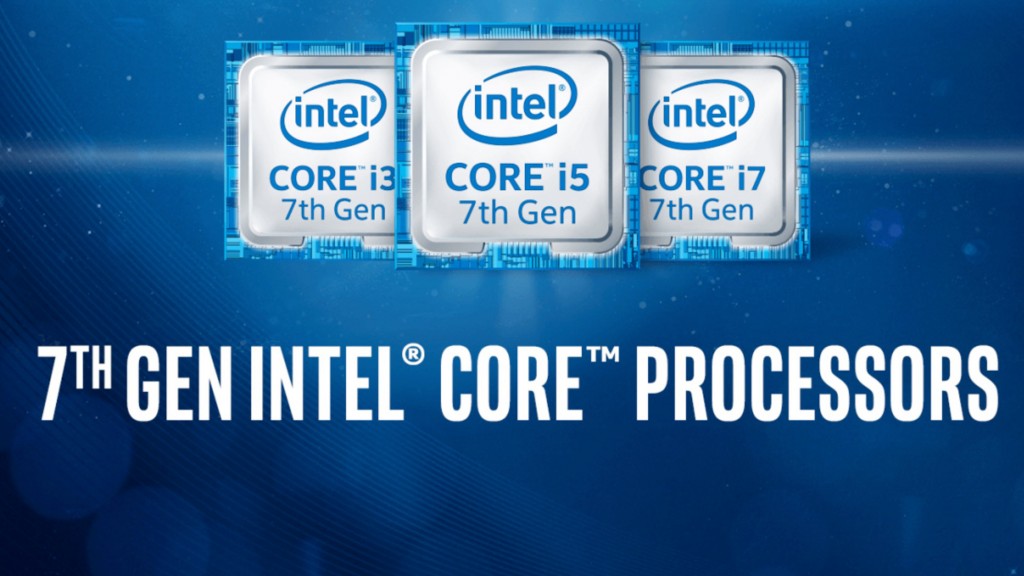What’s the difference between the CPU and GPU?

While some of the more computer savvy among us might be well aware of the differences between a central processing unit (AKA CPU) and the graphics processing unit (GPU), most of us really only know one thing about them — the CPU handles most of the computer processing except some of the more intense graphics processing which is handled by the GPU. Beyond that, however, there are quite a few important differences to keep in mind.
Whether you’re looking to build a computer or you just want a deeper understanding of the components inside your computer, here are some of the differences between a CPU and GPU to keep in mind.
The brain of the computer
 The first thing to remember is the role of each chip — the CPU is often called the brain of the computer, and many CPU’s actually have graphics chips integrated straight onto them. That’s because the GPU is really only there to compliment the CPU. In fact, if your motherboard or CPU has graphics capabilities, you don’t technically need a GPU at all — you just might want one, especially if you’re into gaming, video editing, or photo editing.
The first thing to remember is the role of each chip — the CPU is often called the brain of the computer, and many CPU’s actually have graphics chips integrated straight onto them. That’s because the GPU is really only there to compliment the CPU. In fact, if your motherboard or CPU has graphics capabilities, you don’t technically need a GPU at all — you just might want one, especially if you’re into gaming, video editing, or photo editing.
Of course, along with that there are some tradeoffs — CPU’s have to be a lot more versatile and able to handle all sorts of tasks that a computer might throw at it, while a GPU really only needs to handle image processing, and as such it can be optimized for that purpose. In other words, GPUs can handle graphics better because graphics include thousands of tiny calculations that need to be conducted. Instead of sending those tiny equations to the CPU, which could only handle a few at a time, they’re sent to the GPU, which can handle many of them at once. That’s because a GPU is built on a Single Instruction Multiple Data, or SIMD, architecture, allowing the GPU to perform operations on arrays of data. That means that when a set of data has the same sequence of operations that they need to perform, they’re scheduled in streams of data, and processed all together. Basically, GPUs are great for performing the same operation on thousands of pieces of data. For more information on SIMD architecture, head here.
Most recently, a new computer chip has also been created — the APU, or Accelerated Processing Unit. This combines a CPU and GPU into one architecture, essentially taking on every single action your computer requires. No, it’s not an integrated graphics processor — it’s simply one processor for everything. The advantage of this is that it reduces the transfer rate between the CPU and GPU and uses far less power.
The specs
 One of the best ways to figure out the difference between a CPU and a GPU is by looking at the specs. Let’s take a look at some top-tier CPU and GPU specs.
One of the best ways to figure out the difference between a CPU and a GPU is by looking at the specs. Let’s take a look at some top-tier CPU and GPU specs.
- The Intel Core i7-7500U has a base clock speed of 2.70GHz and 2 physical cores with 4 threads per core.
- The NVIDIA GTX1080 GPU has a base clock speed of 1.60GHz and a hefty 2560 cores.
Based on those specs you can probably see two key differences — CPUs have a faster clock speed while GPUs have more cores. In other words, CPUs are best at handling single calculations extremely quickly, while GPUs are better at handling multiple calculations when time might not be as big of a deal.
In fact, more and more, GPUs are being used for things beyond simply rendering graphics — such as financial modeling, scientific research, and so on.
Another difference is that while processors generally don’t have their own RAM, GPUs often do, and its called VRAM. This RAM is often faster than system RAM, as its implemented on the same chip, however it’s generally a lot smaller in size. When the VRAM on a GPU isn’t big enough, it will load resources onto system RAM instead, however as mentioned that’s a lot slower than VRAM. Most graphics cards include at most 4GB or sometimes 8GB of VRAM, however as graphics get more intense and virtual reality becomes more prominent, we’re likely to see cards with more VRAM.
Cache
There are other difference between the CPU and GPU too. The CPU, for example, has an architecture that includes a lot of cache memory, which enables the CPU to handle just a few threads at a time. A GPU, on the other hand, will have a much smaller amount of cache memory which is largely dedicated to making up for a higher latency from a computer’s system RAM. As GPUs have been developed, they have included increasingly large caches that are able to do much more general things — like instructions for shaders.
Conclusions
While there are plenty of differences between a CPU and GPU, there are also a ton of similarities. In the end, it’s really the CPU and GPU working together that produces the best results — a truly powerful computer will have both a good CPU and a good GPU.

















2 thoughts on “What’s the difference between the CPU and GPU?”
I recommend in this article to discuss more on non-graphics related use for GPUs.